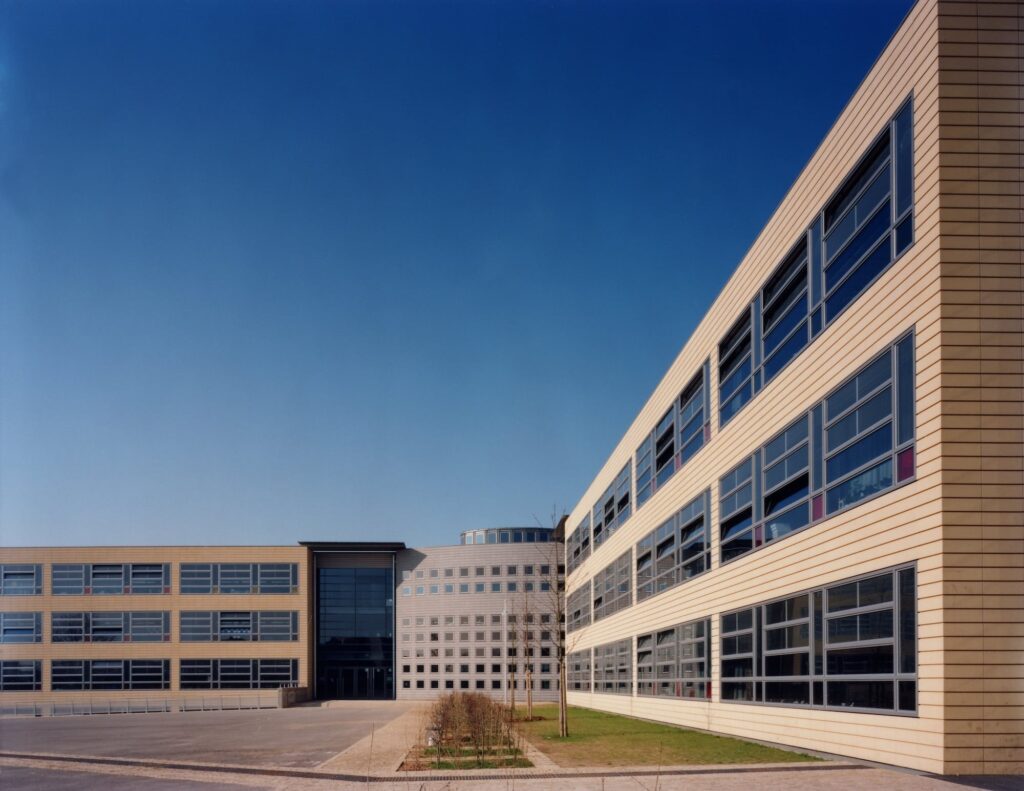By Sophie VAN DE BERGE LUX-S7NLA
Edited by Julia DEC MAM-S5ENC
The halls of the European School of Luxembourg are ones through which us students and teachers walk through daily, but have you ever stopped to wonder how our school came to be? Every day, when we walk through the gate of our school, we’re stepping into history; this was the very first European School ever created.

A Big Idea after a Big War
After the Second World War, Europe was destroyed; countries had fought horrible battles and countless of lives were lost. But a new idea formed out of the destruction; countries decided that the best way to keep peace was to work with each other instead of against each other. This is when the first steps towards the European Union began. Leaders decided to make sure that the new generation would grow up with a different mindset, a mindset that was based on cooperation. One of those leaders was Jean Monnet, who believed that children from different countries should learn together, growing to understand each other’s languages and cultures.
In 1953, his idea became real; the first European School opened in Luxembourg, on Avenue Pasteur in Limbertsberg. It was initially created for children of people working at the European Coal and Steel Community, but its purpose was much bigger.
The early days
When the European school of Luxembourg first opened, it was very small with only 72 students and had just a few classes – but even back then it was very special. Students spoke many different languages and came from different countries, all learning together under one roof. Since the beginning, the school has been focusing on respecting each student’s language and culture. Classes were dictated by language sections just like we have now. Another important thing that was created here is the European Baccalaureate, which got recognized all across Europe.
Getting Bigger, One School Becomes Two
By the 1980s, the European school was getting crowded – more and more people were coming to Luxembourg to work for the growing European Union. At first, they decided to add new buildings in Kirchberg but eventually had to make an extra school in 2012 in Mamer, because it was still overflowing with new students. The schools were known across Europe as a model for multilingual and multicultural education.
Nowadays Luxembourg isn’t alone, there are now 13 official European school across Europe, in cities like Brussels, Frankfurt, Munich and Alicante. Just like ours, they were created to educate the children of EU staff and promote unity through diversity. All these schools are connected; we follow the same programme, learn the same values, and earn the same diploma. So, when you take part in a project with a school from Brussels or go to Eurosport with your school’s team, you’re not just meeting other students, you’re meeting your European classmates from across the European Schools’ network.
Why this School is Special
The European School of Luxembourg is more than just a place to learn, it’s a place that brings people of different nationalities together. From the moment you arrive, you’re surrounded by different languages, cultures and even ways of thinking. You don’t just learn subjects, you learn how to communicate across cultures. But what really makes this school different is its mission. It was created to help young people grow up in a peaceful, united Europe and by being here and learning together, we’re making that idea real.
The story of the European School of Luxembourg started in 1953 with one small idea and only 72 students: that young people from different countries could grow up learning together, building a better future for Europe.
Today that idea still exists, and us students are living it. Every time we go to class, learn a new language or make a friend from another culture, we’re helping to continue the idea that the school was founded on. So, we are not just students in Luxembourg, we’re part of a much bigger picture: we’re part of a European story.
